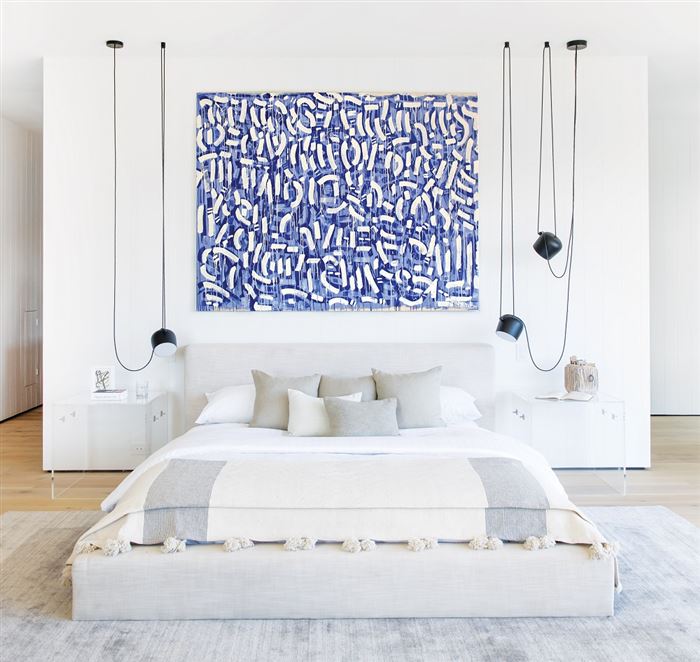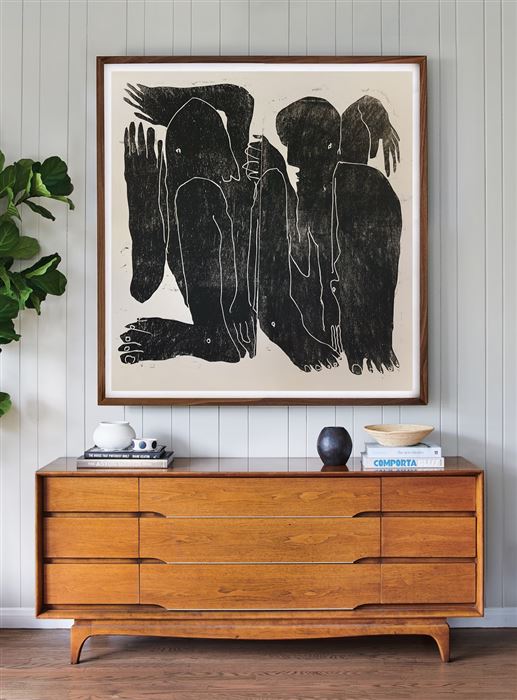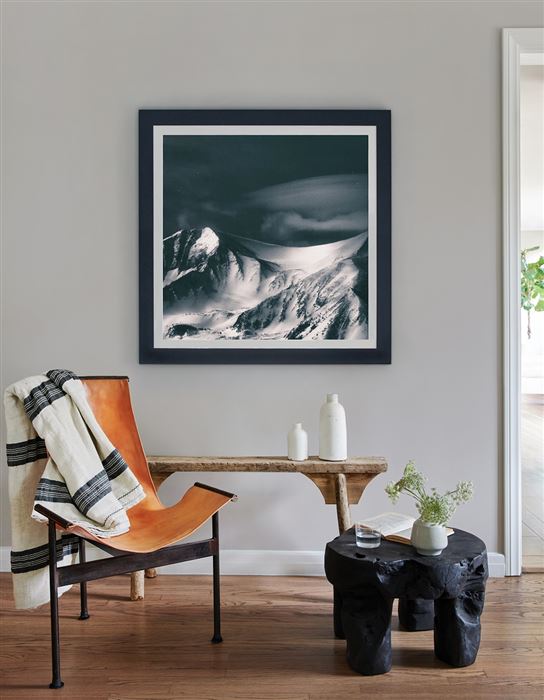Art News
How Online Art Galleries Are Driving Economic Flexibility for the Underserved
Rebecca Wilson, Chief Curator and VP, Art Advisory at Saatchi Art explains why online galleries are crucial to break the outdated exclusivity of traditional galleries and how they help emerging artists reach collectors.
This article originally appeared in MutualArt, the leading provider of art market data, analysis, and decision support tools.
The upper echelons of the art market cater to a club of global artists and collectors operating in a tightly networked ecosystem. If you aren’t part of this crowd, you don’t have much of a chance to get noticed as an artist. And, in many cases, high-end galleries won’t even let unestablished parties buy works at full price. Many would rather sell to a prominent collector they know personally.
Online art galleries, however, are disrupting this exclusive market by empowering more people around the world to enjoy all that art has to offer. Artists today can showcase their work in online galleries without the approval of the old guard. Collectors no longer have to know someone to buy a work they have fallen in love with. Some online galleries even offer free advisory services to help art lovers discover works, artists, and styles they hadn’t previously considered, bringing even more people into the fold.
This mission to help people around the world discover art and artists they love is the driving force behind the work we do at our gallery. At Saatchi Art, I look at over 1,500 new works of art every day to grow our community of artists and share a wider range of promising work with our collectors.
Traditional requirements of wealth or status once built high barriers to entry for buyers and artists. However, thanks to online galleries, artists from every background and community can now share their art with an audience open to receiving it.
The democratization of access for both artists and collectors is driving a new generation of online galleries that are helping underserved groups step into a world that has historically failed to serve them adequately.
Culture, Cash, and Why Access Matters
Famous street artist Banksy has never been the type to revel in the traditional gallery scene — and neither has his longtime friend-turned-agent, Steve Lazarides. In September last year, Lazarides left the gallery world for good, calling out dealers for their interest in making money through art, rather than promoting quality artists.

Rebecca Wilson, Chief Curator and VP, Art Advisory at Saatchi Art
“The only reason I did it was to promote a subculture that was being overlooked, and that’s gone now,” Lazarides told The Art Newspaper. “It’s got to the stage where [the gallery world] is about nothing other than monetary value, and I just can’t work on those terms anymore.”
Lazarides has seen from the inside what those outside the art world have suspected for decades. While some buyers within the upper echelon appreciate art for its intrinsic value, many of them see art more as a vehicle for investment. Wealthy investors buy and sell major works like a form of currency, and only they get to participate in the market.
People intimidated by or priced out of the brick-and-mortar gallery world deserve a platform to buy and sell art as much as anyone. Where traditional galleries and auction houses have largely failed to meet that need, online galleries offer a welcoming marketplace for people who may not feel comfortable in traditional spaces. As a result, online galleries now offer the best opportunities for emerging artists to get their art noticed and connect with buyers who appreciate the work they make.
What Makes Online Galleries Stand Out
Consider what today’s online marketplaces do to make art a welcoming experience for the general public:
Artists can engage with new audiences.
Social sites like Instagram allow artists to connect with their fans, display their work, and promote their personal brands. While social media makes for a great marketing tool, social platforms cannot fully replace the gallery scene on their own. Online galleries go one step further by providing artists with curated platforms led by experts to showcase their art and get works in front of people looking to buy. This crucial difference allows artists from diverse backgrounds to make a living from their passion and communicate their vision in a legitimate art space.
Buyers can expand their horizons.
Many people who would love to participate in the art world feel that they lack the experience and/or money to do so. Blue chip galleries often make the experience of buying a work difficult for new buyers. Prices often go unlisted and displayed works only include a limited range of pieces. With online galleries, buyers can discover a wide range of works on their own time, work with seasoned art advisors, and browse works of art with transparent pricing. This low barrier to entry makes it much easier for people new to the art world to find works they love and feel confident about buying them.
The auction houses will continue to dominate the highest end of the market, but for most people, that doesn’t matter. Online art galleries make it easy for anyone, artist or buyer, to connect around their love of art. As more people discover this access to a new and exciting world, these online galleries will become major hubs for personal expression and creative enjoyment.
Rebecca Wilson is Chief Curator and VP, Art Advisory at Saatchi Art. She was formerly a Director at the Saatchi Gallery, London, where she was instrumental in the launch of the gallery’s online presence. In 2007 she created New Sensations, a prize for art students which identifies and supports the most exciting emerging artists in the UK. Prior to joining the Saatchi Gallery, Rebecca worked for 14 years in book and art magazine publishing: she was editor of ArtReview, and before that deputy editor of Modern Painters. She has nearly 2 decades of experience working with emerging artists.










